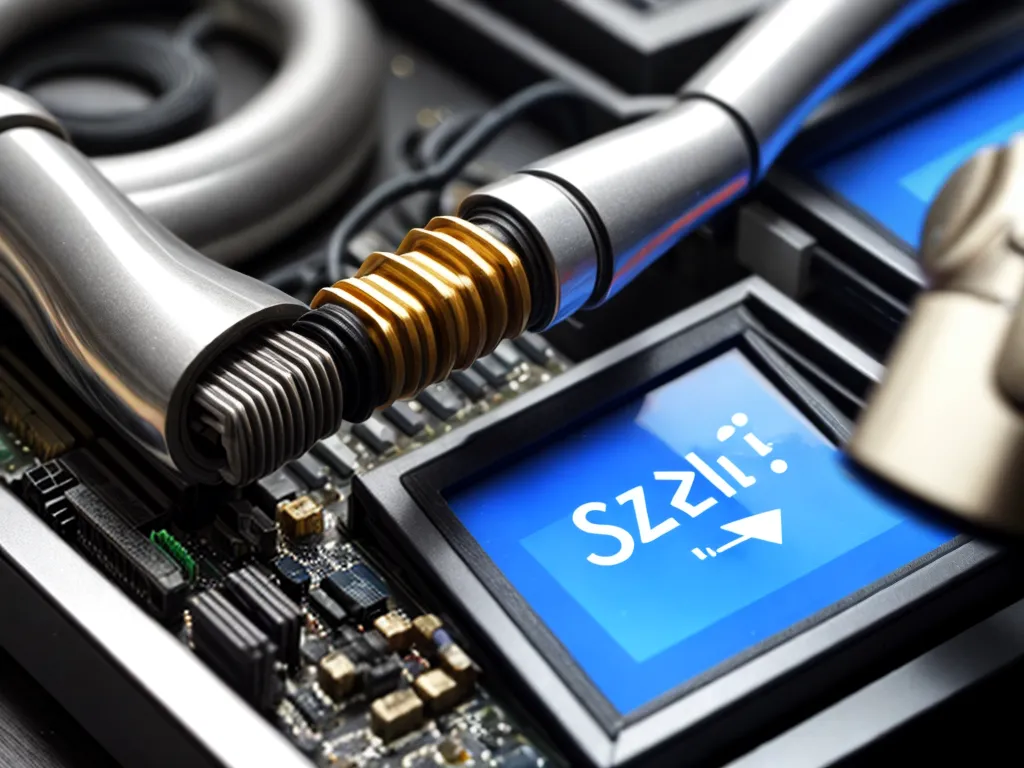
Having slow internet can be incredibly frustrating. Pages take forever to load, videos buffer endlessly, and everything just feels sluggish. But before you can actually fix the problem, you need to diagnose what’s causing the slowdown in the first place. Here’s a comprehensive guide to tracking down the bottleneck behind your lagging internet speeds.
Checking Your Internet Speed
The first step is to check your current internet speeds using a speed test site like Speedtest or Fast. This will tell you your download speed (how fast you can pull data from the internet) and upload speed (how fast you can send data).
Compare your results to the speed you’re paying your ISP for. If your speeds are significantly lower than what you’re supposed to be getting, there’s likely an issue.
Testing Wired vs Wireless Connections
If your speed test results were poor, try connecting your computer directly to your router using an Ethernet cable. Then run a test again.
If the wired connection speeds are significantly faster, the problem lies with your Wi-Fi network. Issues like interference, distance from the router, or outdated equipment can slow wireless connections.
However, if your wired connection is still slow, the problem is likely beyond your home network. Your router, modem, ISP or even general internet traffic could be culprits.
Checking Connection Consistency
Run several speed tests at different times of day and take note of any major fluctuations in your results.
If your speeds are all over the place throughout the day, it points to an inconsistent connection rather than a strictly “slow” one. Connection inconsistency can be caused by:
- Heavy traffic periods where many household devices are connected
- ISP network congestion during peak usage hours
- Failing hardware like an old modem/router
- Wireless interference from devices like microwaves or baby monitors
Pinpointing when and how your speeds fluctuate can help identify the root cause.
Inspecting Your Network Hardware
Outdated, failing, or misconfigured hardware like modems and routers can throttle your internet speeds.
To rule out a hardware problem:
- Check firmware versions and update if needed
- Factory reset the device if settings are messed up
- Replace very old modems/routers (5+ years)
- Check lights on the modem to confirm a strong connection to your ISP
- Ensure cables are tightly plugged in and not visibly damaged
If upgrading your equipment doesn’t help, there are likely bigger issues at play.
Contacting Your Internet Service Provider
If you’ve ruled out Wi-Fi and hardware problems, it’s a good idea to contact your ISP’s technical support. Explain the slow speeds and troubleshooting steps you’ve taken.
The ISP can run diagnostics on their end to check for issues like:
- Faulty lines/cables leading to your home
- Network congestion in your area
- Bandwidth throttling or data caps on your plan
- DNS server problems slowing lookups
- ISP network outages
They may be able to optimize your connection settings or dispatch a technician if necessary. If the problem lies with the ISP’s infrastructure, persistently working with tech support is key to getting it resolved.
Switching Internet Service Providers
In some cases, the problem lies with your ISP’s network capacity in your area. If they are unable to resolve consistent speed issues and your neighbors report similar problems, it may be time to switch providers.
Research alternative ISPs in your area and compare speed ratings on sites like Speedtest Intelligence. Just be sure to analyze the full package – not just speeds – when evaluating options.
Optimizing Your Home Network
If your ISP checks out, revisit your home network optimization:
- Update router firmware – Old firmware can have bugs/performance issues.
- Change WiFi channels – Use a WiFi analyzer to find the least congested channel.
- Replace old cables – Swap out cables connecting devices for new, high-quality ones.
- Position router centrally – Minimize obstructions and distance to devices.
- Upgrade router – If old, buy a new dual or tri-band router.
- Add network extenders – Extenders can amplify weak WiFi spots.
Targeted upgrades and configuration changes can remove network bottlenecks.
The Bottom Line
Diagnosing the true cause of slow internet reliably takes patience and a systematic approach. Start by measuring your network’s actual speeds and patterns. Then work through the potential issues one-by-one, from your device to the broader internet infrastructure. With consistent troubleshooting, you can identify the bottleneck and take action to get your internet back up to speed.












